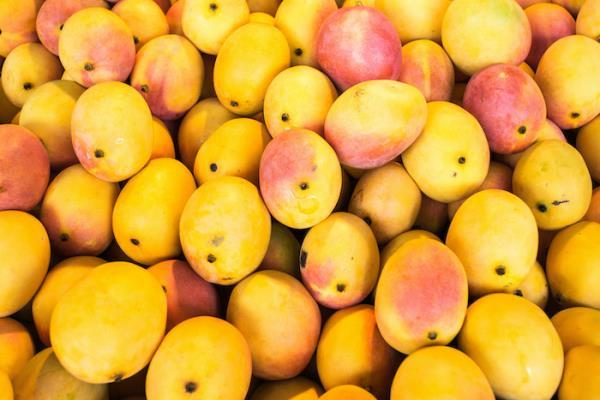Peruvian mango production expected to recover by 2025
Peru
Friday 24 May 2024
VU
During 2024, the low temperatures anticipate an excellent mango flowering in Peru in contrast to the last season, where national production was reduced by up to 70% due to the heat that prevented the normal flowering process (photo: producebluebook.com).
During 2024, low temperatures anticipate an excellent mango flowering in Peru in contrast to the last season, where national production was reduced by up to 70% due to the heat that prevented the normal flowering process.
Carlos Córdova Castañeda, agronomist from the Service for Integral Rural Development (SEDIR), stressed that the areas that did not produce this year will compensate with future production and the addition of new hectares of crops will increase the volume destined for export.
In April, the SEDIR weather station in Ancash recorded minimum temperatures of 19.14 °C, down from 21.33 °C last year, and until mid-May, the minimum temperature was 16.57 °C, lower than the 18.40 °C of 2023.
This downward trend will continue in the coming months, reaching optimal levels for mango flowering.
As for pruning practices, Córdova Castañeda explained that those who pruned their plants between March and April will experience late flowering until September, which will not need to be eliminated. In Moro, one could choose to remove these flowers to delay the harvest and avoid coincidence with production in other regions such as Piura and Lambayeque. Those who did not prune will have premature flowers in July, and only manguillos in September.
The expert added that farmers who did not prune will face significant losses as they will have to discard developing fruit, so it is crucial that they have their own weather stations to make informed decisions on the management of their crops.
Growers who did prune should maintain irrigation to ensure slow bud ripening and plan for an August or September bloom, discarding only a percentage of the blossoms to prolong the harvest.
Córdova concluded that from 20 September onwards, only the most advanced flowers should be removed, and those that are beginning to bud should be kept.
SEDIR's activities are part of a cooperation project with the Liechtenstein Development Service Foundation (LED), focused on supporting agricultural development in the region.
fuente: agraria.pe





